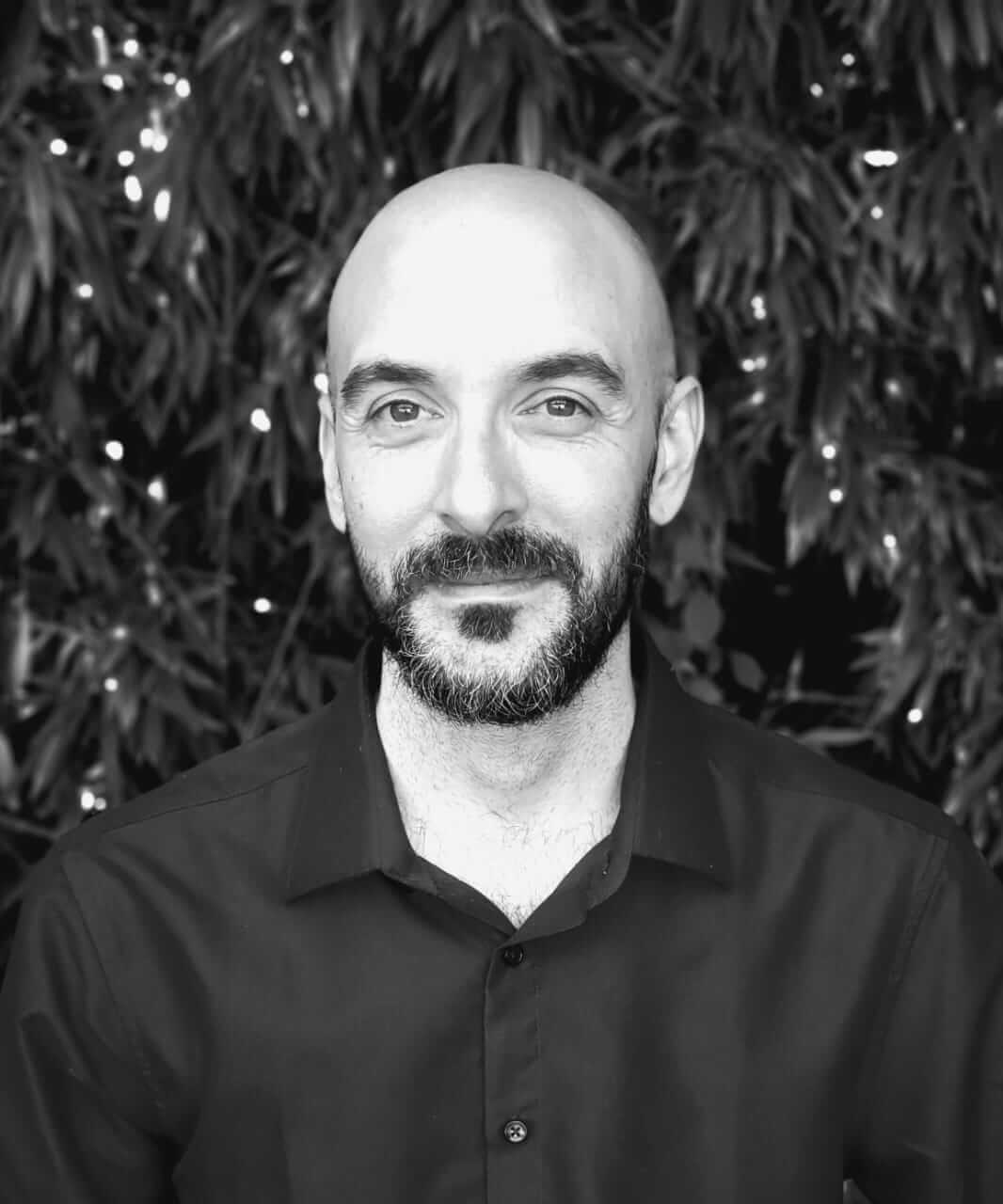Derek Parfit: Psychological Continuity and Personal Identity


Written and verified by the philosopher Matias Rizzuto
Personal identity is a cross-cutting theme in the history of contemporary philosophy and psychology. In fact, the question of what constitutes personal identity and how it’s maintained over time has been investigated from different perspectives. The philosopher Derek Parfit proposed one of the most creative developments of the last century.
In his work, Reasons and Persons: An Introduction and Critical Inquiry, Parfit presented a theory of personal identity known as the theory of psychological continuity. This theory suggests that an individual’s identity is maintained over time thanks to the continuity of certain psychological aspects. For instance, memories, personality characteristics, and desires. Parfit’s reflections constituted an important contribution to the debate on personal identity. Indeed, he provided a unique and profound insight into the subject.

Teleportation and personal identity
Parfit’s approach began with a thought experiment inspired by certain works of science fiction. Imagine a teleporter that could take you to Mars. Teleportation would be achieved by scanning your body, then recreating an identical copy at the destination and destroying the original model. In this way, both your neurons and their connections would be replicated without error at the destination point.
Now, imagine that the machine fails and, after creating you on Mars, it doesn’t dispose of your body on Earth. An assistant informs you that the process has failed, but you mustn’t worry, as your body on Earth will be destroyed in the next five minutes. How should you react?
A copy will continue to live–a copy that will love and care for your family just like you do and will continue your career and even carry on with your unfinished projects. A mind will continue to function like yours…
Two types of identity
But what would happen to your personal identity in this failed attempt to teleport you? According to Parfit, there are two types of identity:
- Qualitative identity
- Numeric identity
While the copy created by the teleporter is qualitatively identical, it isn’t numerically identical. Similarly, if you have two white billiard balls, they’re not numerically identical, but they are qualitatively identical. On the other hand, if I have a ball with a number and I paint it, it’ll stop being qualitatively identical to its previous state, although it will continue to be numerically identical.
Usually, when we worry about our future, it’s our numerical identity that worries us. However, qualitative changes in our personality can alter our identity. For example, a person may change after a traumatic event or may lose part of their memory, which would have a decisive influence on their personal identity.
The theory of psychological continuity
According to Parfit, personal identity won’t be determined by a particular criterion or set of criteria but by a series of overlapping mental and psychological states. These states include memories, beliefs, desires, personality traits, and experiences, forming a continuous chain that extends over time. This chain reflects the changes over time in our personality, our morals, and our ways of thinking.
In Parfit’s view, the notion of a fixed and unchanging self is an illusion. Instead, our identity is a constantly evolving and changing collection of psychological states and traits. What determines our personal identity is the continuity of our memories.
This view challenges traditional notions of personal identity in philosophy, which hold that our identity is determined by some essential aspect of our being, such as our soul or our body.
The physical criterion of personal identity
According to some theories, our personal identity is determined by physical criteria. We are the same through time because there’s a continuity in our bodies. This continuity would be guaranteed by the conservation of our brain. However, some experiments support the idea that two separate spheres of consciousness can co-exist within us.
At the beginning of the 1960s, a series of surgical interventions were carried out that sought to cure epilepsy. The operation consisted of cutting the corpus callosum that joins the left and right hemispheres of the brain. Although the symptoms of epilepsy were significantly reduced or even disappeared, the patients began to produce confusing and maladaptive behaviors.
Parfit supposes that if a surgeon could successfully transplant a hemisphere into a body without a brain, the physical criterion would lose its validity in explaining personal identity. If each hemisphere could operate independently in a different body, we could not speak of a personal identity, as there can be no psychological continuity between the two bodies. Both would function as separate identities, even though they share a common memory.
At the same time, the new experiences would make up new memories that they wouldn’t share, with which we would be facing two different identities. Continuing with the previous experiment, the person on the ground and the teleported version would begin to have different experiences.

The psychological continuity of personal identity
The implications of Parfit’s psychological continuity theory are far-reaching. This theory isn’t compatible with the idea of a fixed and immutable self and instead works with a dynamic idea of identity formed by experiences, beliefs, and values, among other changing elements.
Although Parfit’s approach is similar to what empiricist philosophers like Hume would do, new criteria are introduced when it comes to listing elements that identify us as individuals.
Therefore, in order for there to be psychological continuity between our 4-year-old self and our present self, there must be strong connections between intermediate instances. For example, I have a strong connection with myself from yesterday; I remember what I did, what I ate at each meal, the conversations I had with other people, and so on. However, I can’t remember in the same details regarding what I did ten years ago. Am I, therefore, to believe that I was a completely different person back then?
According to Parfit, psychological continuity is the product of a chain of superimposed strong connections that link our identity over time. Thanks to the fact that we have several direct and concrete psychological connections, we can affirm that there’s a psychological continuity.
In conclusion, Derek Parfit’s psychological continuity theory of personal identity offers a unique and interesting perspective on the nature of the self and personal identity. This theory defies more idealistic currents and provides a deep and complex understanding of how identity develops and changes over time.
All cited sources were thoroughly reviewed by our team to ensure their quality, reliability, currency, and validity. The bibliography of this article was considered reliable and of academic or scientific accuracy.
-
Parfit, D. (2004). Razones y personas. En Mínimo tránsito.
- Sperry, R. W. (1966). Brain Bisection and Consciousness”, în Brain and Conscious Experience, JC Eccles.
- Alvarado, José, (2016). IDENTIDAD PERSONAL Y ONTOLOGÍA DE LA PERSONA. Universitas Philosophica, vol. 33, núm. 66, pp. 77-112. https://www.redalyc.org/journal/4095/409544845012/html/
This text is provided for informational purposes only and does not replace consultation with a professional. If in doubt, consult your specialist.








